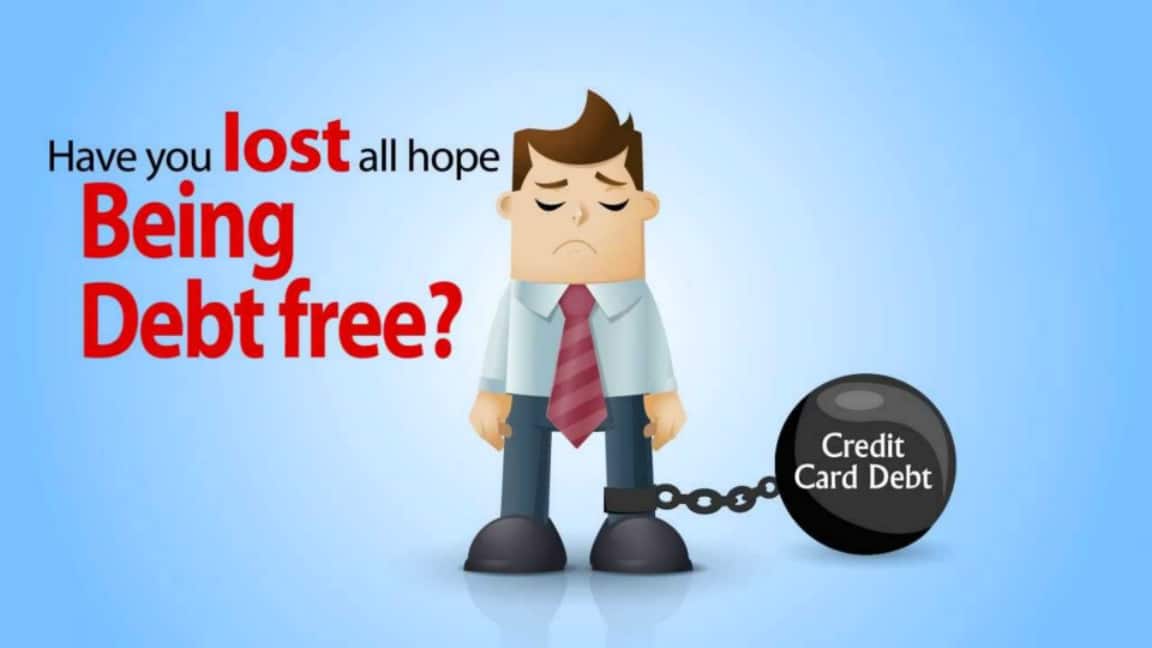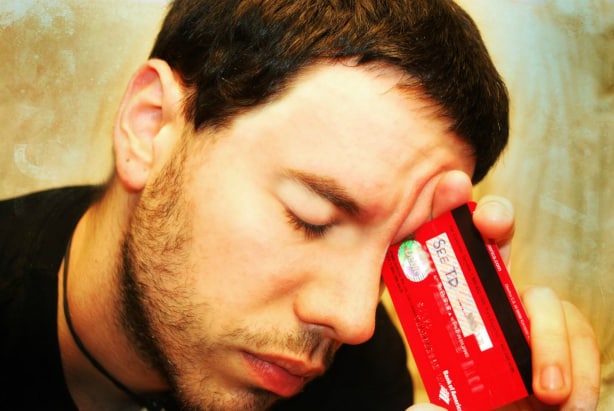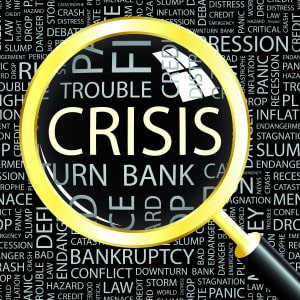
Avoiding credit card debt can hurt you? Are you crazy?
Avoiding credit card debt is certainly something we always counsel. We’ve addressed the dangers of credit card debt on several occasions. More recently we’ve discussed the issue of how credit card debt is contributing to the skyrocketing household debt that many Canadians are facing. However, today we’d like to bring to your attention to an instance where avoiding credit card debt can actually be a bad thing!
Many fitness clubs and studios give huge discounts if you pay your yearly (or longer) membership up front and in full. Financially, it makes good sense to take advantage of these offers. Typically you have the option of paying by credit card, cheque or debit/cash. Few people seem to pay for anything by cheque these days, with credit or debit being the norm. As you will soon see, paying for these types of memberships with a credit card can be a source of protection for the consumer.
Paying for memberships by credit card and not avoiding credit card debt actually helps the consumer
A local downtown yoga studio recently closed its doors without any notice to its members. The closure was unceremonious and on a Monday morning members’ yoga mats were left strewn outside the locked door. Members were at a loss to understand why as the studio appeared to be busy and continued to sell long-term memberships right up to the closure. Unfortunately for members who paid by cash, debit or cheque, recovering their money may not be possible; and if it is, the process will be arduous. However, members who paid with a credit card do have recourse. As of yet there has not been a formal assignment into bankruptcy but regardless, given that the permanent closure of the studio can be proved, the credit card companies will dispute the charges. The consumer will not have to pay for the membership not received.
What if you aren’t avoiding credit card debt and can’t repay it?
We’re certainly not advocating that you start amassing credit card debt. However, there are instances where if you’ve been budgeting correctly and can afford to pay your credit card bills in full and on time, that it makes sense to use your credit card and you don’t have to worry about avoiding credit card debt. If you’re like many Canadians who are struggling with debt from credit cards and/or other sources, contact Ira Smith Trustee & Receiver Inc. We’re professional trustees who are experts in dealing with debt. Living a financially healthy life is possible with professional help. You’re one call away from living a debt free life Starting Over, Starting Now.









